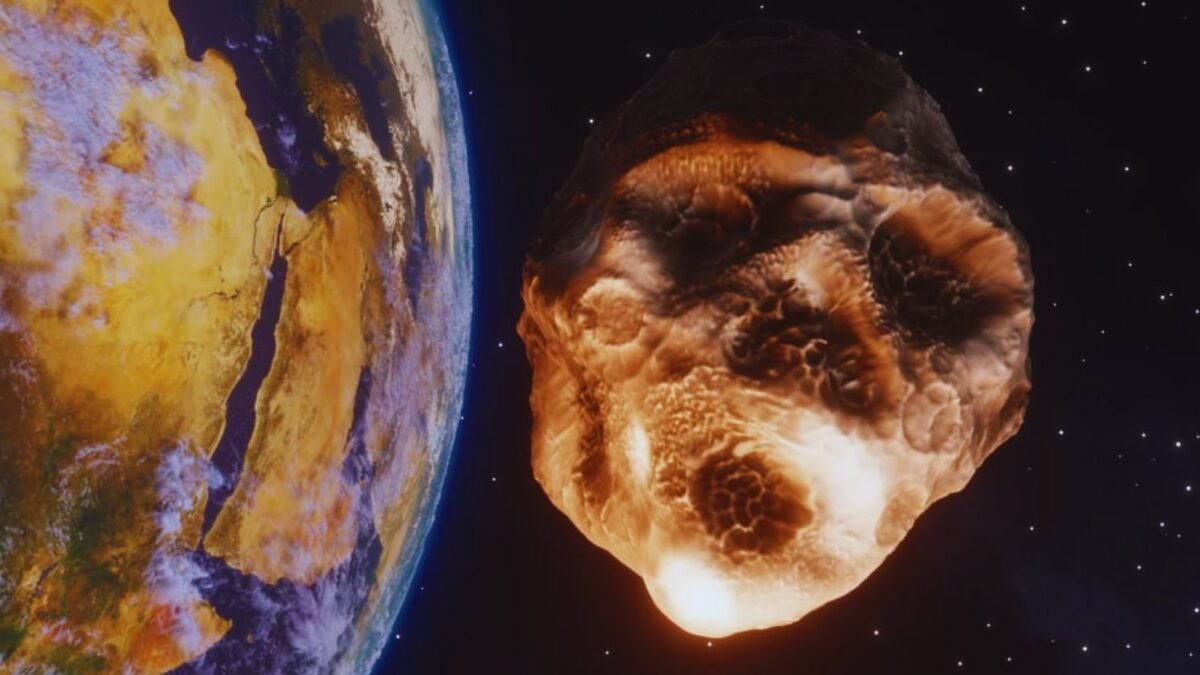Asteroid Approaching Earth: Astronomers Seize Planetary Defense Opportunity

For centuries, humanity has observed the sky with fear and fascination, wondering if one day a wandering rock could change our destiny. Today, not only do we monitor these celestial bodies, but we also practice how to react to them. This is the latest reminder that planetary defense is no longer science fiction.
The cosmic visitor and its trajectory
The asteroid, discovered in March with the telescope, measures between 130 and 290 meters, dimensions that make it capable of causing regional damage if it were to ever impact Earth. During its passage on September 18, it will reach the closest point to our planet at 07:41 UTC, maintaining a distance more than double that which separates us from the Moon. Initial estimates pointed to a possible risk of impact in the year 2089, leading to its inclusion in the . However, new observations ruled out any possibility of collision, removing it from that classification in May.
An opportunity disguised as danger
Far from losing interest, the asteroid has become the focus of an international exercise led by the . The campaign, which will run until the end of October, aims to refine the global ability to calculate orbits, study physical properties, and coordinate real-time data exchange. According to the , the goal is clear: to train the scientific community as if it were a real emergency scenario, testing protocols that could one day make the difference between prevention and disaster.
Beyond the exercise: the future of planetary defense
The telescopes, radars, and monitoring centers participating in this campaign represent the first line of defense against the unexpected. Although , their study will become another piece of the planetary defense puzzle, a field where every piece of data counts. Now, thanks to exercises like this, humanity is preparing in advance for when the sky stops warning and a real object gets too close.






